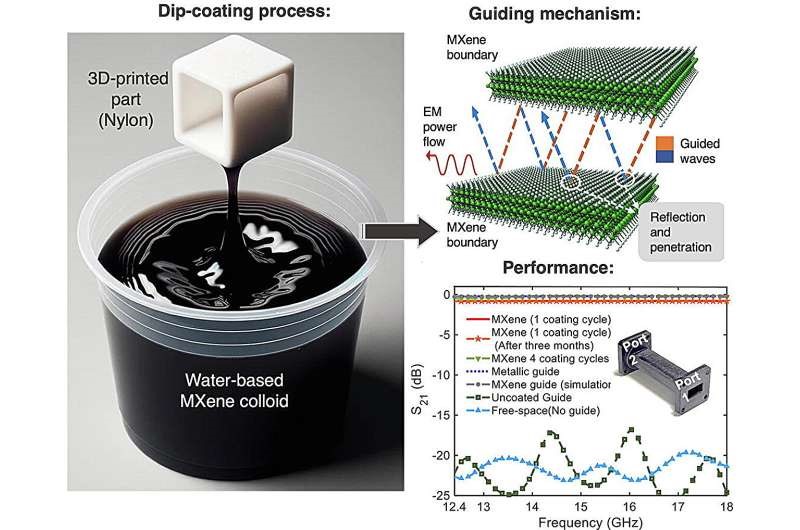Free Courses Sale ends Soon, Get It Now


Free Courses Sale ends Soon, Get It Now



Disclaimer: Copyright infringement not intended.
Context
Astronomers, utilizing data from NASA’s Transiting Exoplanet Survey Satellite (TESS), have made a groundbreaking discovery: a super-Earth exoplanet located within the habitable zone of the nearby red dwarf star TOI-715.
Details
Background
MXene Coating
Research Findings
What is MXene?
Properties:
Synthesis Methods:
Applications of MXenes:
Challenges and Future Directions:
Recent Advances:
About Transition Metals
Properties of Transition Metals:
Common Transition Metals:
Applications of Transition Metals:
Conclusion
MXenes represent a versatile class of 2D materials with a wide range of applications spanning from energy storage to biomedical devices. Ongoing research efforts aimed at improving synthesis techniques, understanding fundamental properties, and exploring novel applications are expected to further unlock the potential of MXenes in various fields, driving innovation and technological advancements.
|
PRACTICE QUESTION Q. Discuss the significance of MXene in the field of materials science and its potential applications in various industries. (15 marks) |
© 2024 iasgyan. All right reserved